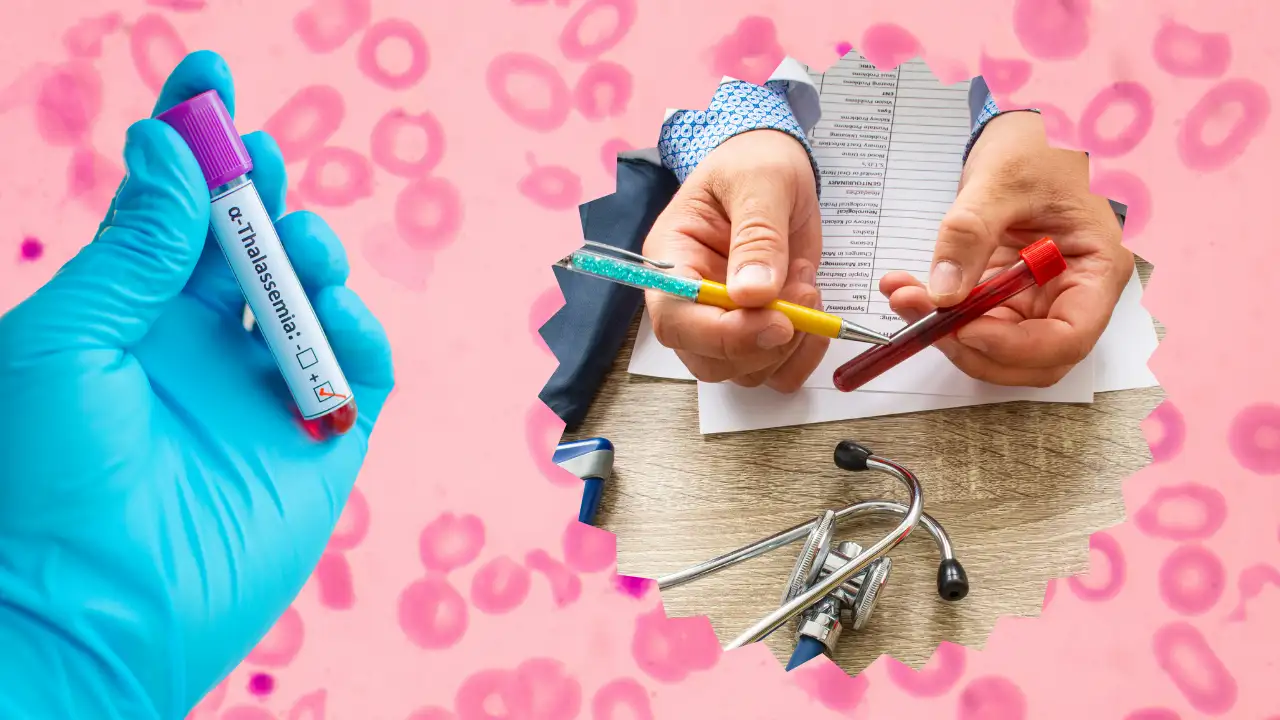If your child seems unusually tired, paler than usual, or is not growing like their peers, it may be more than just a passing phase. These symptoms can signal an underlying condition such as thalassaemia, which is a genetic blood disorder that affects the production of haemoglobin and can significantly impact a child’s health and development.
This under-the-radar genetic blood disorder, experts say, needs far more attention than it gets. And yes, it starts with something as “basic” as haemoglobin, but its consequences are anything but. “Thalassaemia is one of the genetically inherited disorders that disturbs the body’s way of synthesising haemoglobin,” explains Dr. Harish Bhatia, Founder Director of Rebreathe Clinic and Director of Respiratory Medicine at MGS Hospital.
“It means the red blood cells either produce too little or abnormal haemoglobin, leading to poor oxygen transport and fewer healthy red blood cells.”
Thalassaemia comes in two primary flavours—alpha and beta—depending on which part of the haemoglobin molecule is affected. But for parents, what matters more is how serious it is. The mild version is called the thalassaemia trait (or thalassaemia minor). The scarier version? That is thalassaemia major or Cooley’s anaemia—a condition that may demand regular blood transfusions and iron-chelation therapy, sometimes starting before your child can say “ABC”.
“Severely thalassaemic patients often need lifelong transfusions,” warns Dr. Bhatia, adding that “if not managed properly, this can stunt growth, delay puberty, and even affect organ function.”
Where Haemoglobin Fails, Fatigue Follows
Why should this matter to you? “In children with thalassaemia, the body produces abnormal haemoglobin,” says Dr. Ushma Singh, Senior Consultant in Paediatric Haematology at Action Cancer Hospital, Delhi. “This leads to destruction of red blood cells, resulting in anaemia. Symptoms include pale skin, fatigue, weakness, and slow growth.”
Still thinking your child’s low energy is just too much screen time? Think again.
The Silent Spread
If both you and your partner are thalassaemia carriers, there is a one-in-four chance with every pregnancy that your child could inherit the severe form. “That is why genetic counselling and screening before or during pregnancy are strongly recommended,” urges Dr. Bhatia.
Dr. Singh goes a step further, pushing for school-level interventions. “We must start thalassaemia education and screening among adolescents. This helps identify carriers early—before marriage and parenting decisions are made.”
The Fix Is Not Magical, But It is Definitely Possible
Yes, it sounds daunting. But treatments have come a long way. With the right care, thalassaemic children can lead vibrant lives. Bone marrow transplants even offer a potential cure in some cases. “Proper medical treatment significantly improves quality of life,” says Dr. Bhatia.
And early detection is your ultimate power move. “A simple blood test can identify thalassaemia in newborns or even before birth with prenatal screening,” says Dr. Singh.
Do Not Let Thalassemia Catch You Off Guard
This is not just a medical condition; it is a social responsibility. Parents, schools, and communities must team up to spread awareness, push for early screening, and advocate responsible choices. Because haemoglobin is not just a protein.
